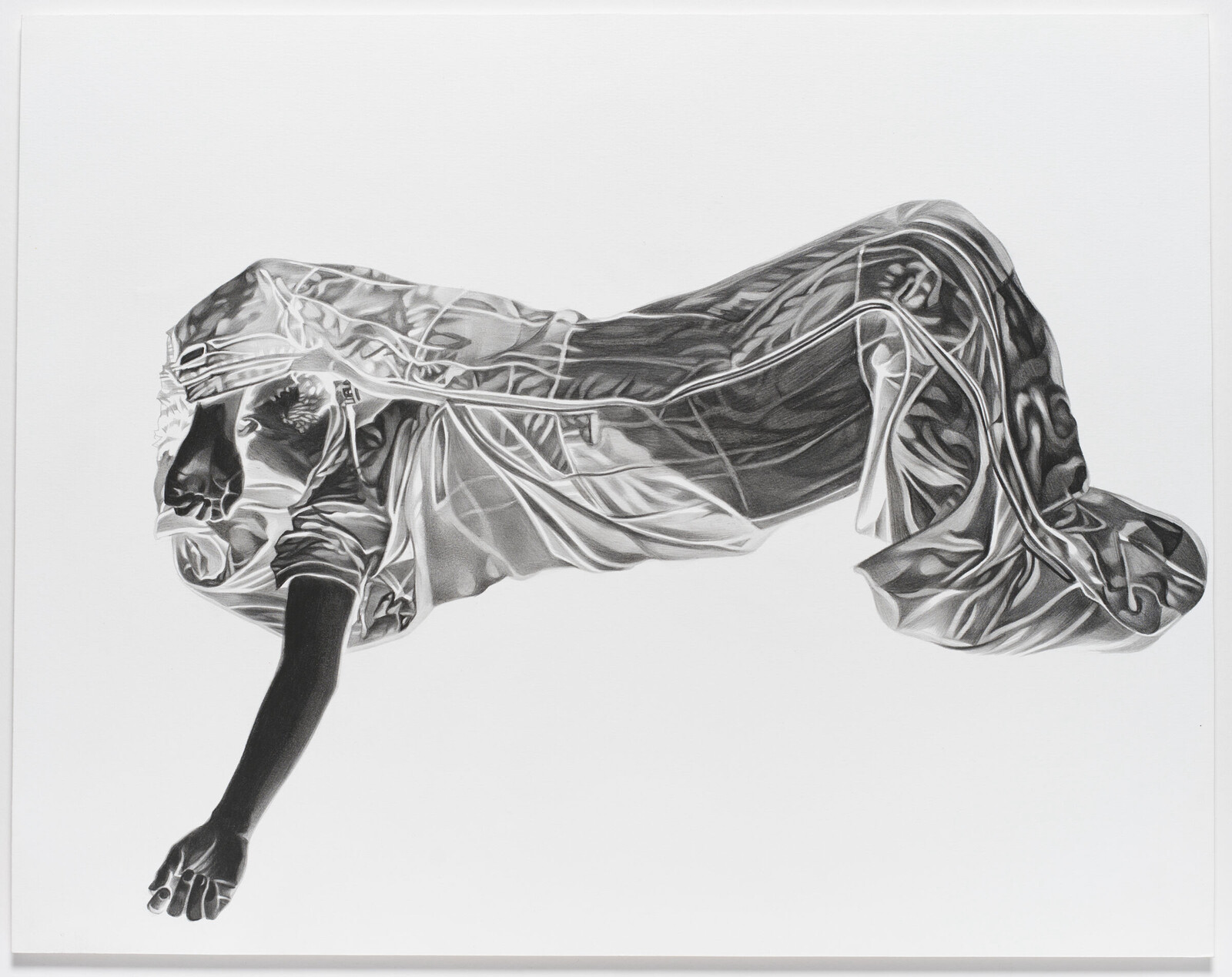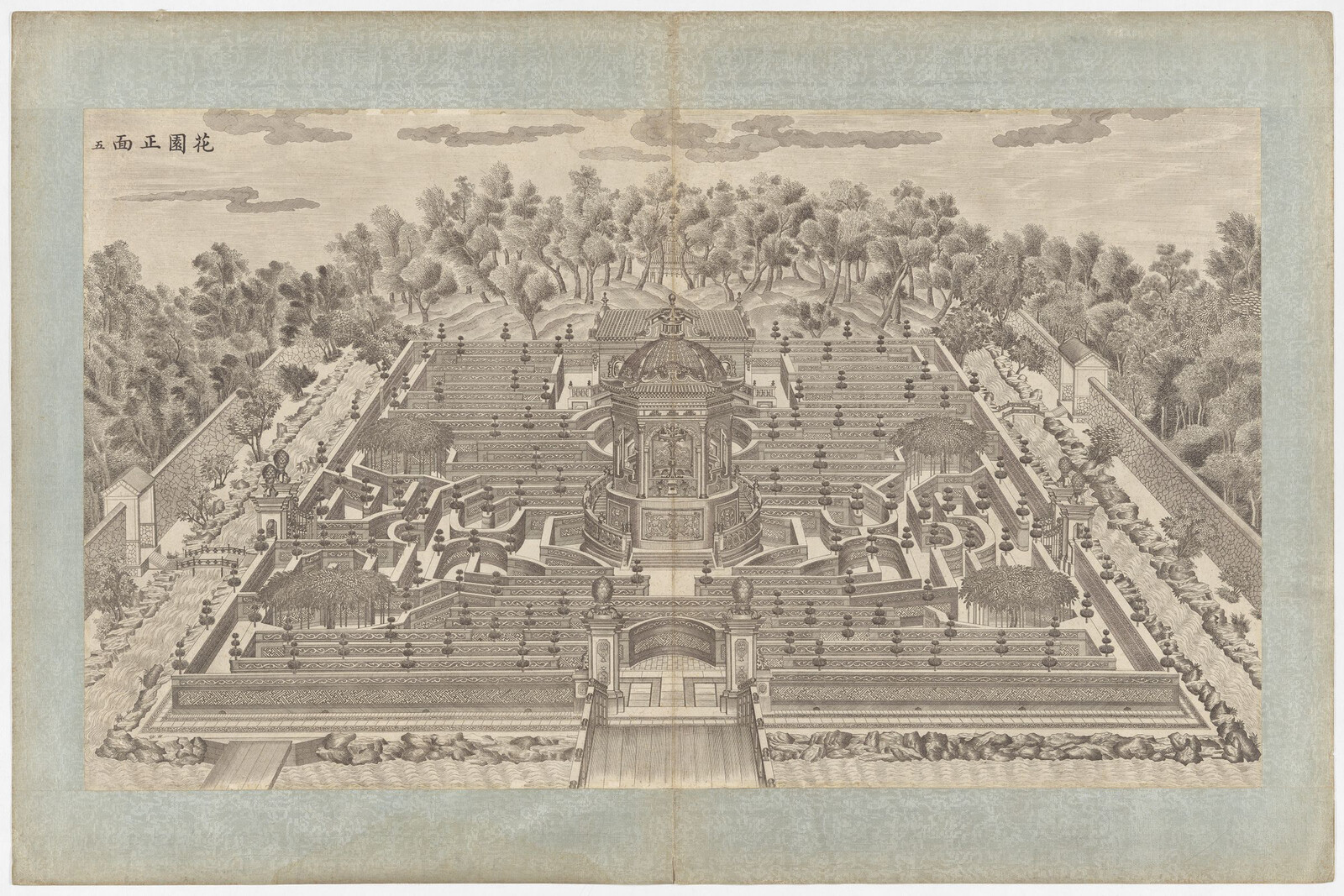Categories
Subjects
Authors
Artists
Venues
Locations
Calendar
Filter
Done
November 4, 2024 – Review
“Made in Germany? Art and Identity in a Global Nation”
Luise Mörke

On the Harvard campus, relics of Germanic high culture are never far away: a bronze replica of a medieval lion sculpture from Lower Saxony graces the courtyard of Adolphus Busch Hall, named for an émigré who made his fortune selling—what else?—beer and diesel engines. A counterpoint to that building’s historicist opulence can be found in the sober Modernism of the Law School’s graduate dorms designed by a team led by Walter Gropius during his tenure at the university. As ciphers for rigor, perfection, and intellectual prowess, mythical versions of Germany are deployed as fodder for the Harvard myth itself.
“Made in Germany? Art and Identity in a Global Nation,” at the university’s Busch-Reisinger Museum, adds a further chapter to this transatlantic double vision, focusing on art since 1980 from the GDR and the Federal Republic (FRG). However, national myth-making here gives way to an astute selection of artworks that pry open the cracks in a state that defines belonging foremost through adherence to cultural and linguistic standards, evident in the language and knowledge test that immigrants must pass for naturalization. “Made in Germany?” coaxes out the tense dialectics between a nation’s openness towards outside cultures and economies, and the nationalist …
February 28, 2023 – Feature
Dare to Know: Prints and Drawings in the Age of Enlightenment
R.H. Lossin

In 1784 a Berlin newspaper invited responses to the now-familiar question “What is Enlightenment?” Immanuel Kant’s reply retained the question as its title: a choice which has contributed to the sense that the question has, always, already been answered. But we keep asking it, and Kant’s “What is Enlightenment?” now ranks high among often cited and rarely read texts of the Western canon. It contains some dependable platitudes concerning free expression, as well as the exhortation “Sapere aude!” (“Dare to know!”), frequently taken as the most succinct version of his answer.
“Dare to Know: Prints and Drawings in the Age of Enlightenment” at the Harvard Art Museums brought together 150 prints, drawings, and books in order to examine how images contributed to the production and dissemination of Enlightenment knowledge between roughly 1720 and 1800. The accompanying catalog is an homage to Diderot and D’Alembert’s Encyclopédie (1751-72), with twenty-six alphabetically arranged articles on topics that shape our own understanding of eighteenth-century thought. According to Elizabeth Rudy and Tamar Mayer’s entry on “Time,” the very act of looking backward as a mode of inquiry is an intellectual operation that would not be possible without the notion of history that emerged in this …